
The Dawn of Glassmaking in the Roman Empire
Glassmaking is one of the most fascinating arts, with a history stretching back thousands of years. The Romans, known for their innovation, were pivotal in transforming glass from a luxury item to a household necessity. Its widespread use during this era was a testament to the advanced techniques and artistic skills of Roman artisans.
During the Roman Empire, glass was primarily used for vessels and decorative purposes. The invention of glassblowing around the 1st century BCE revolutionized the industry, allowing glassmakers to produce a variety of shapes and sizes that were previously unimaginable.
The Craftsmanship Evolves
As time progressed, so did the techniques and craftsmanship involved in glassmaking. The Romans excelled in creating colored glass, using different additives to create hues that were both vivid and beautiful. These creations were not just functional but also admired for their aesthetic appeal.
By the 4th century CE, glass production had spread throughout the Roman territories, with centers in Egypt, Italy, and the Middle East becoming well-known for their exquisite glassworks.
Venetian Glass: A Renaissance Masterpiece
Fast forward to the Middle Ages and the Renaissance period, where the art of glassmaking found new heights in Venice. Venetian glass, renowned for its clarity, brightness, and intricate designs, became synonymous with quality and luxury.
The island of Murano, just off the coast of Venice, became the epicenter of this craft. By the 13th century, the Venetian government officially relocated all glassmaking activities to Murano to prevent the outbreak of destructive fires in the city and to keep the secrets of their glassmaking techniques intact.
Innovations and Techniques
Murano artisans developed innovative techniques such as crystalline glass, which emulated rock crystal, and lattimo, a milk-white glass. These advances allowed for more elaborate and complex designs, cementing Venice as the glassmaking capital of the world.
Venetian glassmakers were also credited with inventing the adventurine glass, a type of glass containing copper or chrome shavings, which added a sparkling effect to the glass piece.
The Cultural and Economic Impact
Beyond their technical feats, Venetian glassmakers played a significant role in shaping the economic and cultural landscapes of their time. Glassmaking became a highly respected and profitable profession, with glass pieces often gifted to royalty and nobility across Europe.
The success of Murano glassmakers contributed to the prosperity of Venice, further strengthening its position as a leading European power during the Renaissance.
Preserving the Legacy
Today, the legacy of Venetian glass continues to endure. While technology and global trade have changed the landscape of glass production, Murano remains an iconic symbol of this exquisite craft, attracting visitors and collectors worldwide.
The reverence for traditional techniques and the skill of contemporary artisans ensure that the art of glassmaking will continue to thrive, celebrating a rich history that began in ancient Rome and flourished in the canals of Venice.
Glassmaking is one of the most fascinating arts, with a history stretching back thousands of years. Venetian glass, renowned for its clarity, brightness, and intricate designs, became synonymous with quality and luxury. 

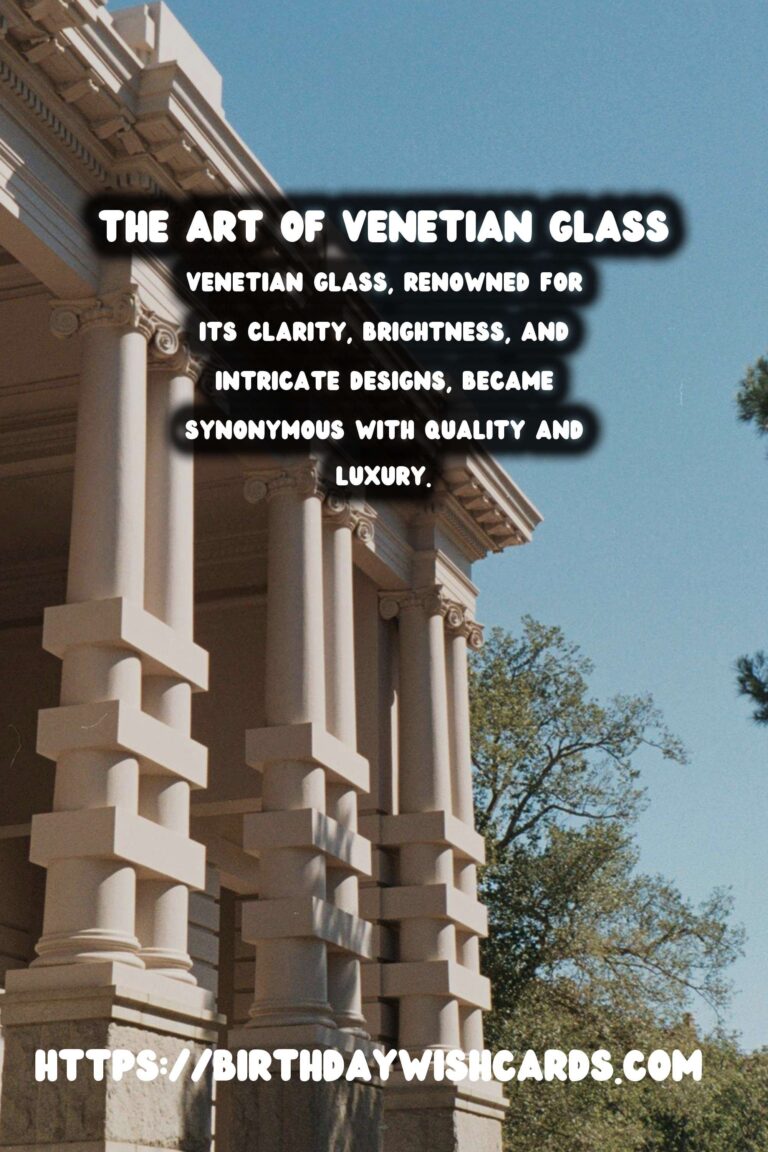
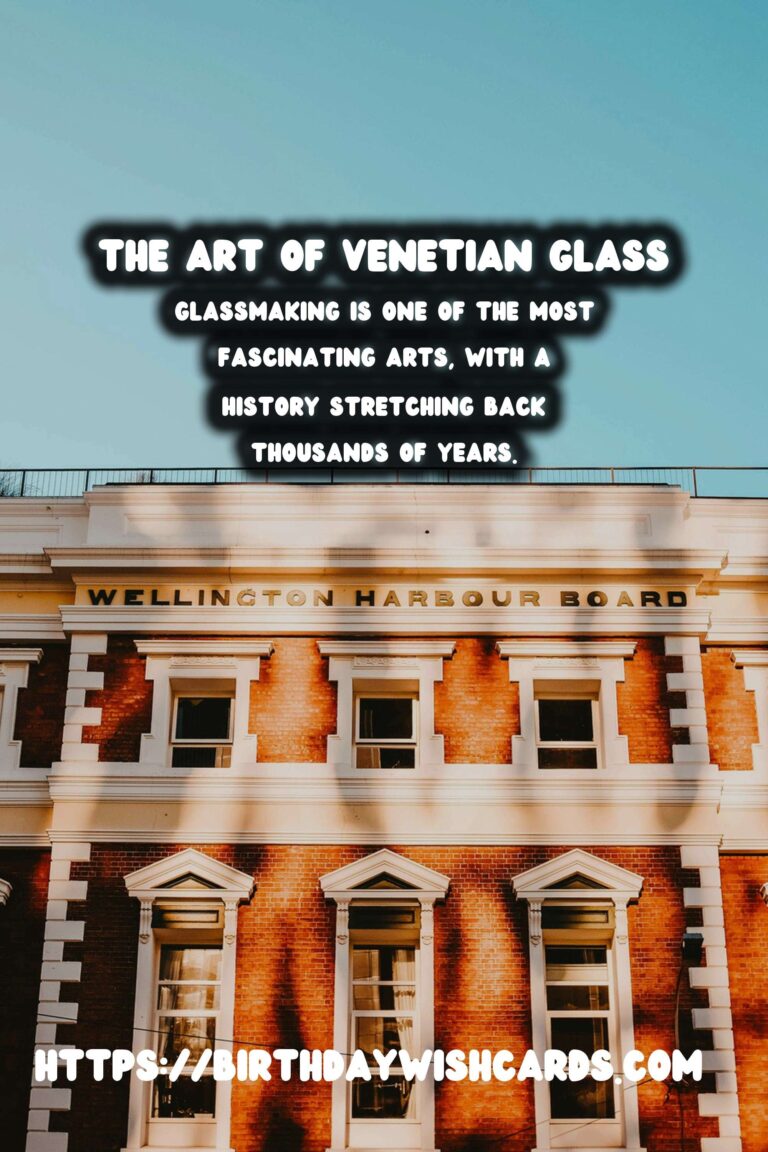



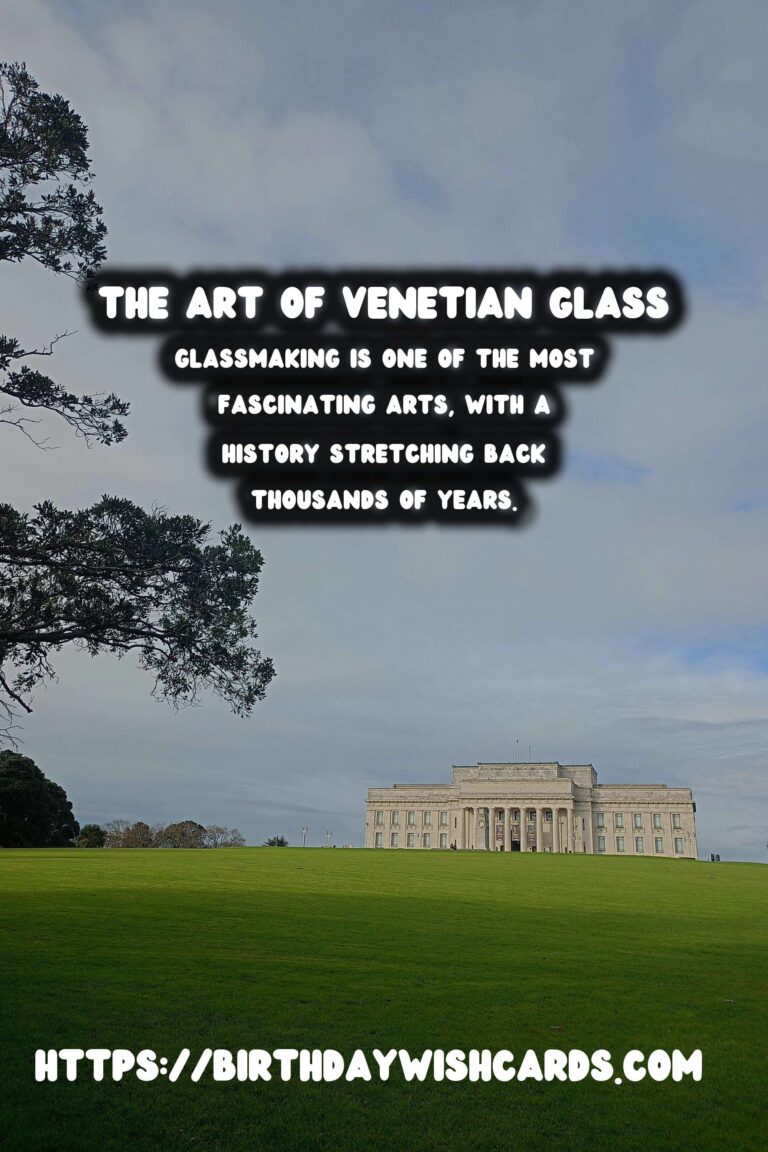
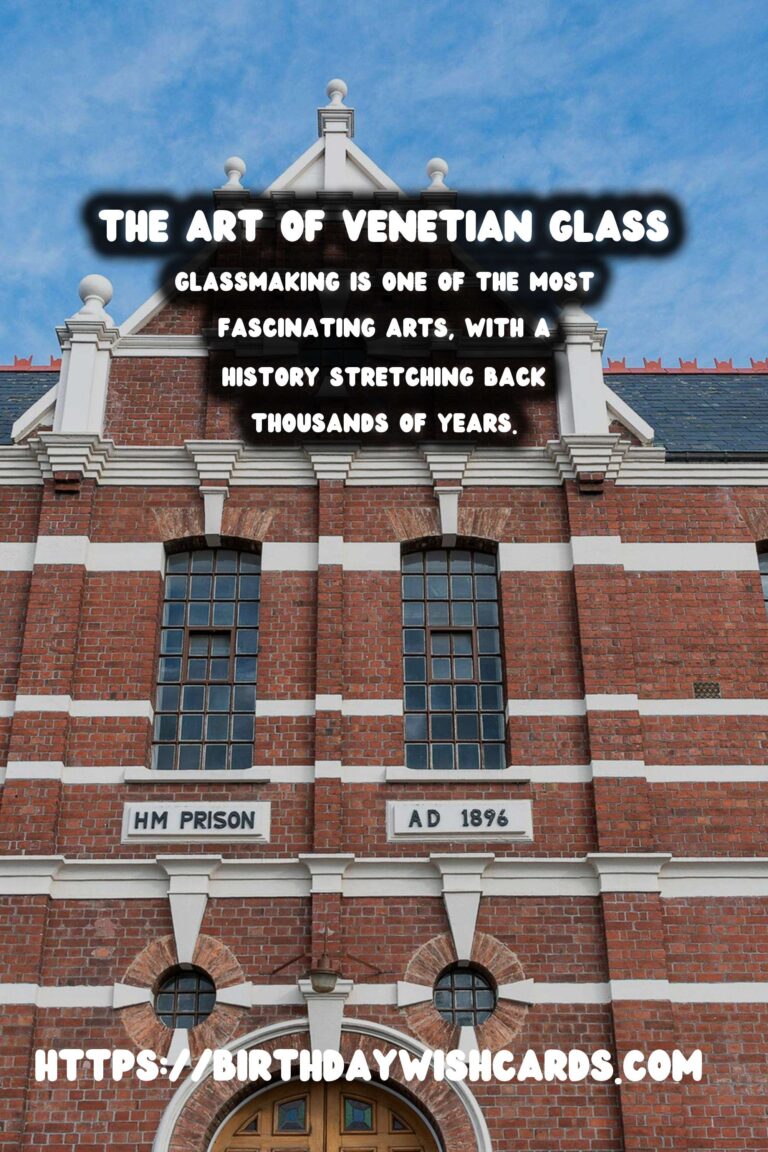
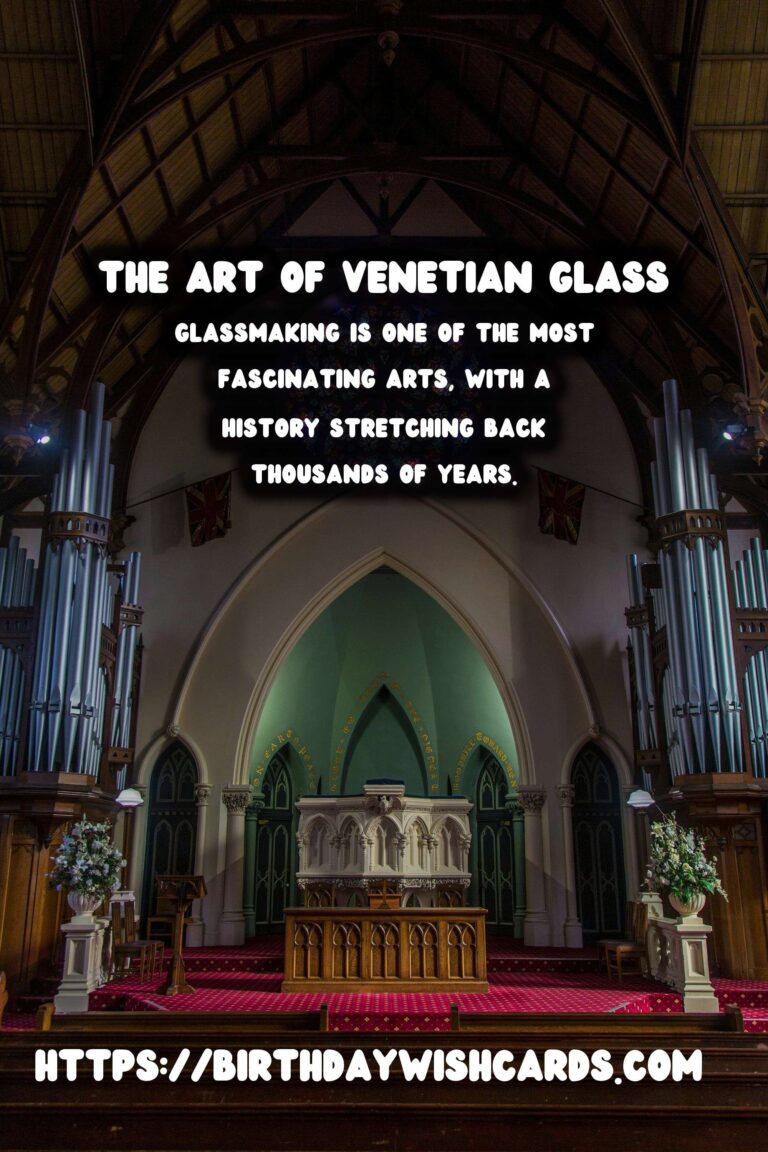
#Glassmaking #VenetianGlass




